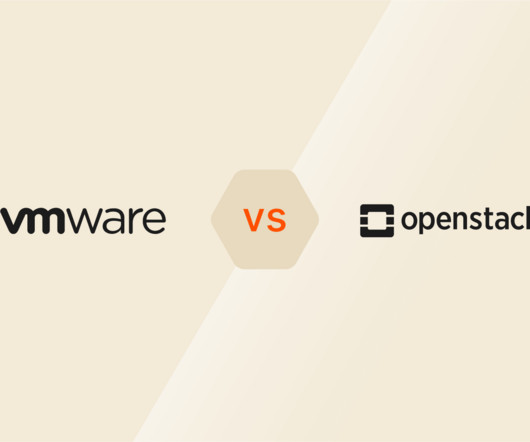Stateful vs. Stateless Applications: What’s the Difference?
Pure Storage
MAY 29, 2024
Token-based authentication: Use tokens (such as JWT) to manage authentication and authorization without server-side sessions. Get high availability in and across cloud AZs and racks, including point-and-click backup and restore of entire Kubernetes applications or clusters and up to zero RPO disaster recovery.











Let's personalize your content